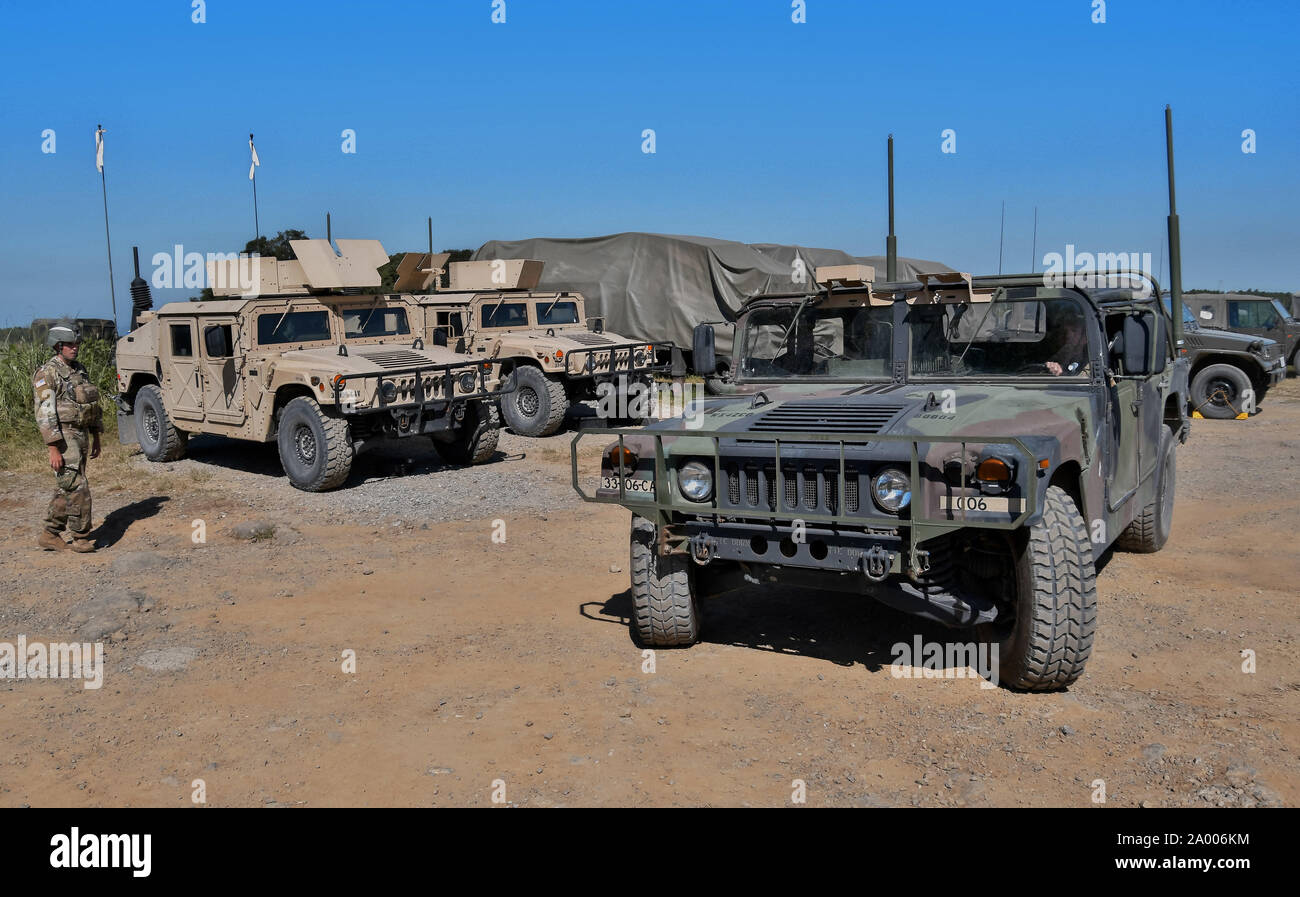


“When we first started the training, I taught the entire course, showing the ANA instructors how I do it and what right looks like,” said Palmer. instructors still do some of the teaching, the ANA instructors are taking on more responsibility.

By adding hands-on training and slide presentations, the students were able to see what the instructor was talking about and absorb the information more easily.”Įach class contains about 45 students from various Kandaks throughout the 1st Brigade. “They were teaching straight out of a book and that was difficult for some of the students. “Before we arrived, the instructors didn’t have visual aids or slides,” said Palmer. They also implemented slide shows and structured the class to include both classroom as well as hands-on training. One of the first things the team did was to shorten the length of the course from 90 days to 60 days. “So, we came in and made a few changes to get them heading in the right direction.” “When we arrived, there was a driving course being taught by ANA Kandak instructors, but they weren’t being very effective,” said Palmer. So Palmer, a former driving instructor, and his fellow soldiers volunteered to lend a hand. “Their unit experienced a few vehicle rollovers, and they wanted us to try and help them reduce the number of accidents.” Darwynn Palmer, a combined action mentor and native of Swainsboro, Ga., assigned to HHC, 626th BSB, 3rd Bde., 101st Airborne Div. “About eight months ago, the ANA brigade commander from the 1st Brigade of the 203rd Corps came to us and asked for assistance with their driver’s training course,” said U.S. soldiers from Headquarters and Headquarters Company, 626th Brigade Support Battalion, 3rd Brigade, 101st Airborne Division are working shoulder to shoulder with ANA instructors to teach driver’s training to ANA soldiers. One such program can be found at Camp Parsa, where U.S. and coalition forces have partnered with soldiers from the Afghanistan National Army to not only train and advise them, but to help them grow and to eventually stand on their own. Thank you.KHOWST PROVINCE, Afghanistan - Since arriving in Afghanistan more than nine years ago, U.S. If you have a question about driver’s training and licensing, there’s a good chance the answer you are looking for is in this regulation.ĭo you have any more information you would like to offer about AR 600-55? Maybe you have a question or comment. The information is very informative and to the point. If you are in charge of a Driver’s Training Program or a Motor Pool, you should keep a copy of Army Regulation 600-55 with you at all times. This is very important, as in some situations drivers cannot drive with lights on, but must use night vision.Īs you can see, AR 600-55 is absolutely loaded with great information about military driver’s training for Army Personnel. Night Vision Devices: This discusses instructor requirements, certification requirements and additional follow on training requirements.Mechanical or Ground Support Equipment: This chapter covers the requirements to use ground support equipment such as radios and generators.It also discusses how licenses are revoked, modified and renewed. Licenses: This section covers permits and different types of licenses.
Army hmmwv drivers training powerpoint how to#
Testing: In this chapter you will learn the examiner qualifications, types of tests that need to be administered and how to administer those tests.
Army hmmwv drivers training powerpoint driver#

AR 600-55 covers all aspects of driver’s training. When it comes to military driver’s training, licensing and testing, Army Regulation 600-55 is the Bible.


 0 kommentar(er)
0 kommentar(er)
